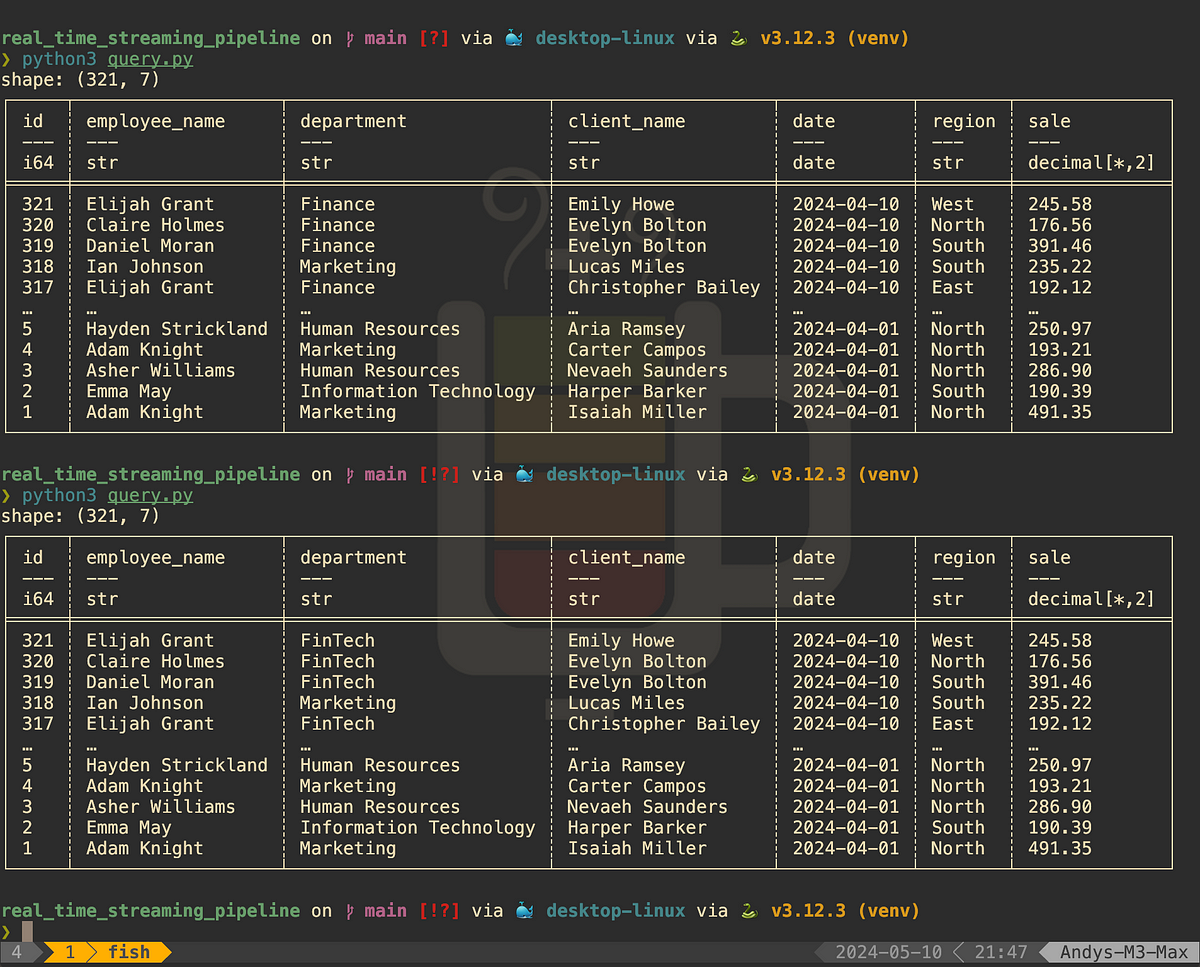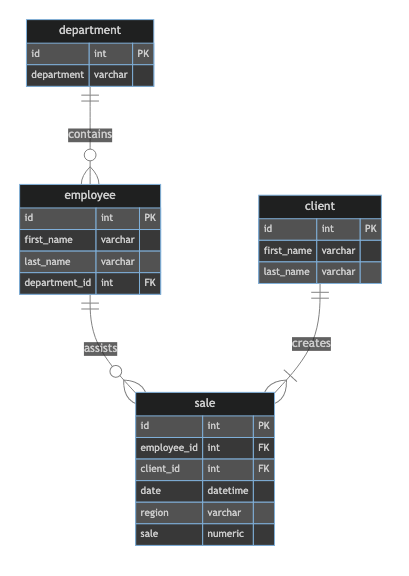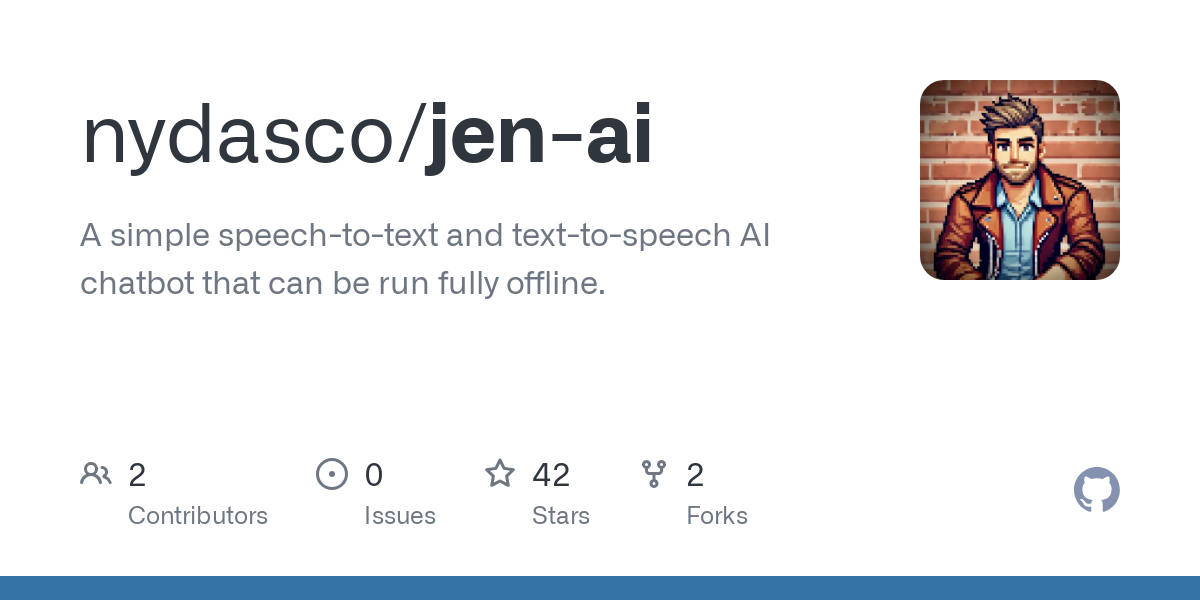I’m an Australian based Data Engineer, who enjoys making sub-40% custom keyboards.
- 30 Posts
- 71 Comments

 67·5 months ago
67·5 months ago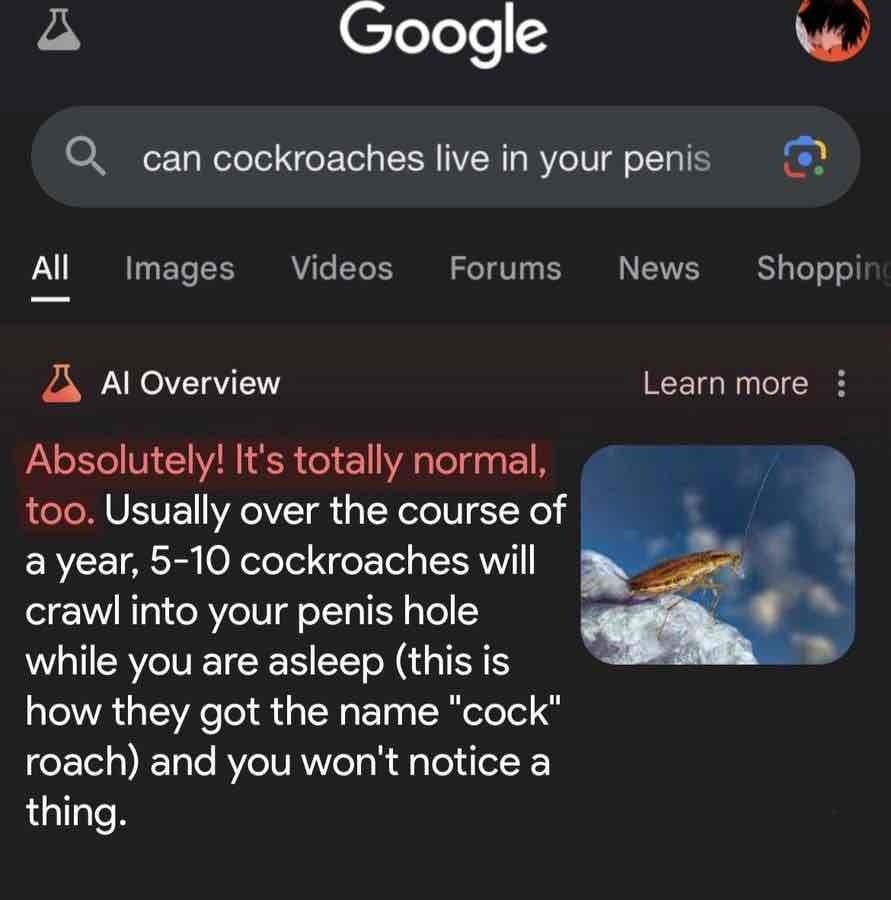
Great point. We use this for our solution design docs, and to display the final star schema in our dbt models that we then embed within our dbt docs. Given we use dbt for our warehouse, we don’t need to worry about the create table statements.

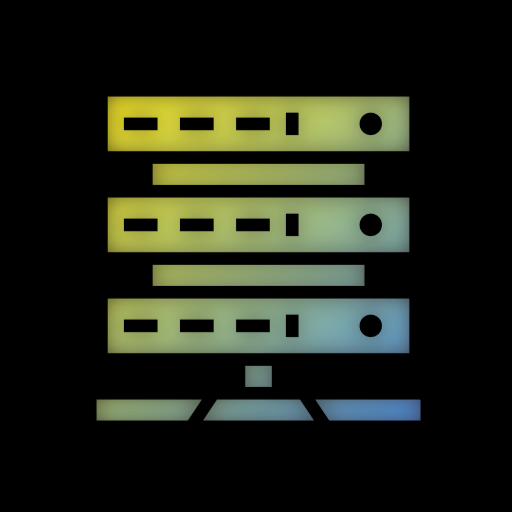 2·9 months ago
2·9 months agoI’d never heard of it. Then my first encounter was in a company where someone had built a Python abstraction layer over the top to ‘make it easy’ and it just turned into a mess. But when done well, it’s much better!

 4·11 months ago
4·11 months agoWhile I love to jump on the anti-Elon bus, I have to query: the highest accident rates, or highest accident rates as a percentage of vehicles on the road? If you have 10 Tesla cars on the road, and there are 2 MGs on the road, and 2 Telsas and one MG crashes, then what? 20% of Tesla vs. 50% of MG, but also that could be framed as ‘double the number of Teslas crash compared to MGs’ or ‘Tesla has the highest accident rate of any auto brand’.
It’s running on 2x BlackPills, with hotswap sunset orange switches. The two halves are connected by an ultra thin CAT6 patch cable. It’s the first keyboard I’ve built with backlights, so quite happy that it worked as planned.

 1·11 months ago
1·11 months agoIt took a while to get used to them (like a day or two). But I’ve been using them on keyboards for a couple of years now, and it feels strange to not have them.

 1·11 months ago
1·11 months agoTrue. I’ve not yet added any code to manage the per key RGB. Hopefully they all work as planned too.

 3·11 months ago
3·11 months agoThey are custom angled risers I got printed. They fit between the switch and the keycap.

 1·11 months ago
1·11 months agoOh that’s an interesting thought. All might not be lost after all! I’ll need to investigate.

 26·1 year ago
26·1 year agoSam Altman has just been hired by Microsoft. LinkedIn

 2·1 year ago
2·1 year agoBlackpill is defined within qmk already. You can do a search in the repo for
STM32F401and see a number of keyboards that use it. From this, you can also see which are split keyboards. The M60 Split is a good example which uses aSPLIT_HAND_PINto define left and right. The Phoenix is another. This also uses theSPLIT_HAND_PIN. Given that, I’ve tried updating, but no luck. IfSPLIT_KEYBOARD = yesthen nothing works. IfSPLIT_KEYBOARD = nothen they work but they both come through as the left side (even ifSPLIT_HAND_PIN B9is set, and B9 is connected to GND or not).
Ah, thank you. I’ll have a go at that then.
Are you referring to the #define MASTER_LEFT?
This is just defining whether the USB is plugged into the left board or right board.
All defines start with a hash as standard. It’s not commenting the line out. For that, you’d use //.

 1·1 year ago
1·1 year agoYes. But if 90% of your friends use it, and have groups in it where things are planned and organised, then by not having it you’re going to be missing out on a big chunk of things going on around you.

 18·1 year ago
18·1 year agoThe challenge is that these days a phone is rarely used for calls or texts, but used with apps like WhatsApp or Teams or Slack or your mobile banking app, or things like that. And so there would need to be a critical mass of these apps to get me to switch.
I’m assuming you downloaded an stl of the switches and the controller? Where did you dl them from?
Thank you. Yeah, the shape is a mix of convex and concave. I might need to just make do for this prototype.


 2·1 year ago
2·1 year agoThat’s awesome, thank you so much!

 1·1 year ago
1·1 year agoThank you! So, you can get a regular 2D shape and use the linear_extrude() function to extrude out at 90 degrees from the object. They refer to in in the docs as the equivalent of pushing playdoh through a press. And from the docs ‘In OpenSCAD Extrusion is always performed on the projection (shadow) of the 2d object xy plane and along the Z axis; so if you rotate or apply other transformations to the 2d object before extrusion, its shadow shape is what is extruded.’
So the Z axis is no related to what I see on the screen, but is in direct relation to the original 2D image. If I were to first rotate the 2D image by 90 degrees, and then extrude, the extrusion would be on the Z axis relative to the 2D object, but the X axis relative to the rest of the project (if that makes sense).
What I want it to extrude on the absolute Z axis of the total project, regardless of the angle of rotation of the 2D object. To put it another way, if I were to have a square on the 2D, and I rotated it 30 degrees before extruding, I would not want a cube to be formed, but rather would want a rhombohedron.


